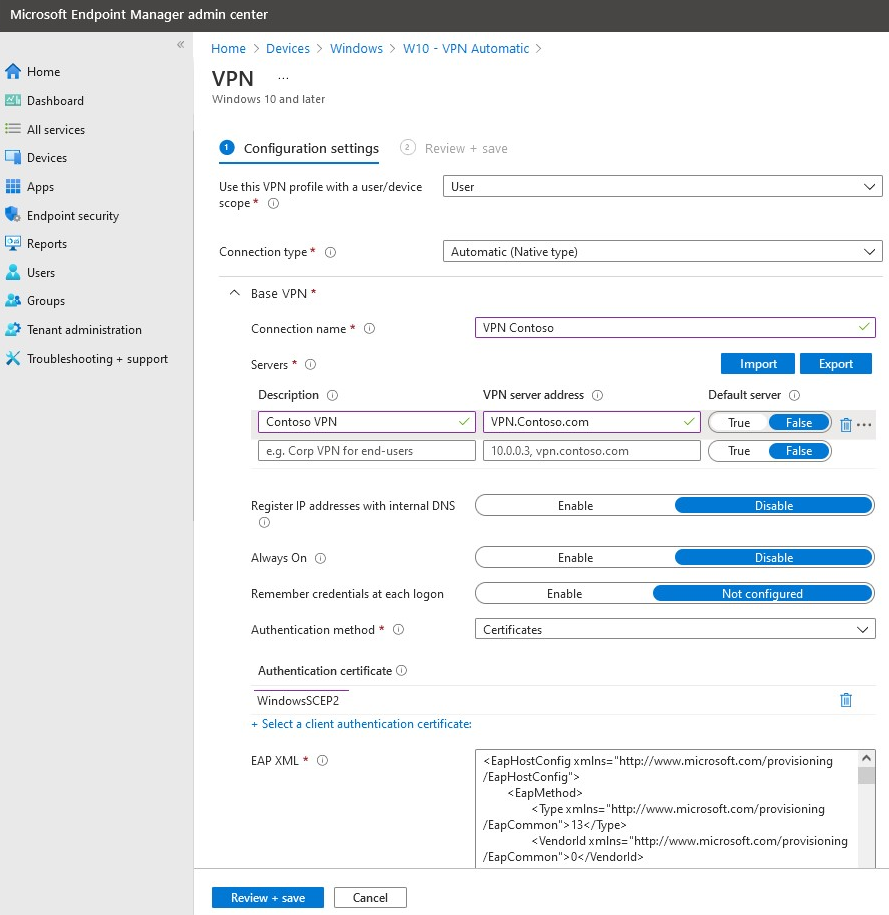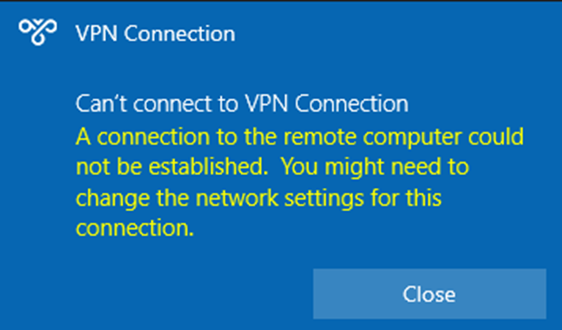Featured
Table of Contents
How To Fix A Vpn That's Not Connecting

The Routing and Remote Access snap-in lives within the Microsoft Management Console, called the MMC. There are several ways to access the MMC. You can choose the console from the Start menu's Programs options, within the Administrative Tools folder within Windows server's Control board or by typing mmc at a command prompt.
As Tech, Republic's Brandon Vigliarolo shows within his video at the start of this post, the Services console shows the status of the Routing and Remote Gain access to entry. From within the Providers console and with the Routing and Remote Gain access to entry highlighted, you can click Start the Service or right-click the entry and choose Restart.
Often the VPN client and VPN server are set to utilizing various authentication methods. Verify whether an authentication error is the problem by opening the server console. Another approach of accessing the MMC is to type Control+R to open a command prompt in which you can type mmc and hit Get in or click OK.
If the entry isn't present, click File, choose Add/Remove Snap-in, choose the Routing and Remote Gain access to choice from the choices and click Add, then OK. With the Routing and Remote Access snap-in included, right-click on the VPN server and click Residences. Review the Security tab to validate the authentication technique.
Troubleshooting Tips For Setting Up A Microsoft 365 Vpn
Ensure the VPN client is set to the authentication method defined within the Security tab. Usually the items just reviewed are accountable for the majority of VPN connection refusal errors. However other principles need to be appropriate, too. For example, if the Windows Server hosting the VPN hasn't signed up with the Windows domain, the server will be unable to verify logins.
IP addresses are another fundamental component for which administration need to be effectively set. Each Web-based VPN connection normally utilizes two various IP addresses for the VPN client computer system. The first IP address is the one that was assigned by the customer's ISP. This is the IP address that's utilized to establish the initial TCP/IP connection to the VPN server online.
This IP address typically has the same subnet as the regional network and thus permits the client to interact with the regional network. When you established the VPN server, you need to set up a DHCP server to appoint addresses to clients, or you can create a bank of IP addresses to designate to clients directly from the VPN server.


If this option is chosen and the effective remote gain access to policy is set to allow remote gain access to, the user will have the ability to connect to the VPN. Although I have actually been unable to re-create the scenario personally, I have actually heard reports that a bug exists in older Windows servers that can cause the connection to be accepted even if the efficient remote gain access to policy is set to reject a user's connection.
Troubleshooting And Known Issues

Another typical VPN problem is that a connection is effectively established however the remote user is not able to access the network beyond the VPN server. Without a doubt, the most common reason for this problem is that consent hasn't been approved for the user to access the entire network. To enable a user to access the entire network, go to the Routing and Remote Gain access to console and right-click on the VPN server that's having the issue.
At the top of the IP tab is an Enable IP Routing check box. If this check box is made it possible for, VPN users will be able to access the remainder of the network, assuming network firewall programs and security-as-a-service settings permit. If the checkbox is not picked, these users will be able to access only the VPN server, however nothing beyond.
For example, if a user is calling straight into the VPN server, it's generally best to set up a static path between the customer and the server. You can set up a static path by going to the Dial In tab of the user's residential or commercial properties sheet in Active Directory Users and Computers and choosing the Apply A Fixed Route check box.
Click the Add Path button and then go into the location IP address and network mask in the area offered. The metric must be left at 1. If you're using a DHCP server to assign IP addresses to clients, there are a couple of other issues that might trigger users not to be able to surpass the VPN server.
Troubleshooting Vpn Problems
If the DHCP server assigns the user an IP address that is currently in use elsewhere on the network, Windows will spot the dispute and avoid the user from accessing the remainder of the network. Another typical issue is the user not getting an address at all. The majority of the time, if the DHCP server can't designate the user an IP address, the connection won't make it this far.
254.x. x range. If the client is appointed an address in a range that's not present within the system's routing tables, the user will be not able to browse the network beyond the VPN server. Other issues can contribute to this issue, too. Ensure the resources the user is trying to gain access to are in fact on the network to which the user is linking.
A VPN connection to the other subnet might, in fact, be needed. A firewall program or security as a service solution might likewise be to blame, so do not forget to review those options' settings, if such parts exist in between the VPN server and the resources the user seeks to reach.
The very first possibility is that one or more of the routers involved is carrying out IP packet filtering. I recommend examining the client, the server and any devices in between for IP package filters.
Latest Posts
Best Virtual Private Network (Vpn) Software 2023
The Best Vpn For Business In 2023: Top 8 Corporate ...
Best Vpns For Freelancers And Remote Workers: Protect ...